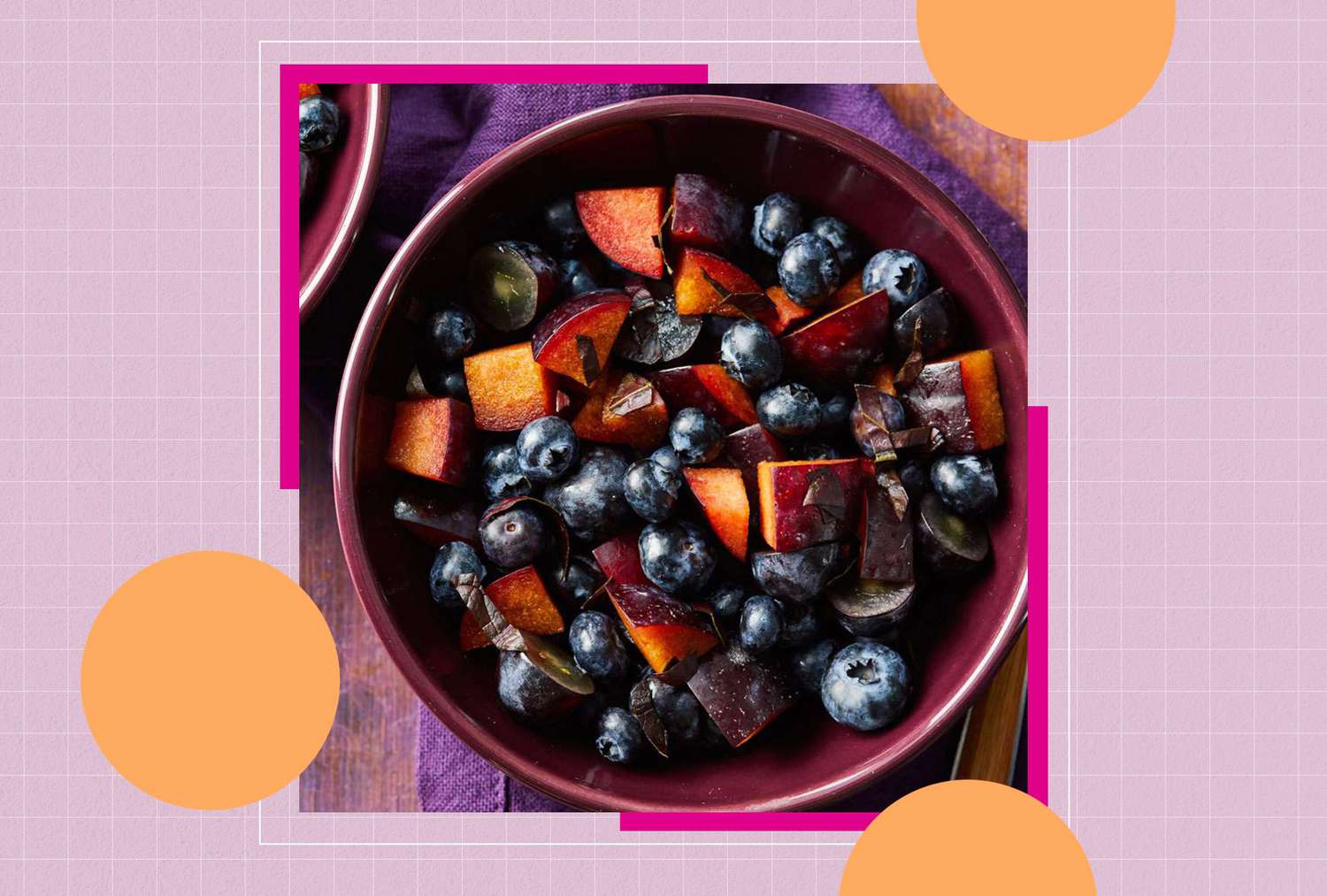Blood
The #1 Fruit for Lowering Blood Pressure, According to a Dietitian
It’s a pretty stunning, but true, fact: more than 119 million U.S. adults have high blood pressure, according to the Centers for Disease Control and Prevention. And having high blood pressure, also called hypertension, puts you at an increased risk of having a heart attack or stroke. In addition to medication, dietary changes can help you manage your high blood pressure. Cutting back on high-sodium processed foods is a good start, but filling your plate with a variety of fruits, vegetables and whole grains can move the needle even more.
If you’ve heard that you should avoid fruit because it contains natural sugars, we’re here to tell you that there is absolutely room for it in a healthy eating pattern. Fruit has many beneficial nutrients that can help improve your health and reduce high blood pressure, which is why the Dietary Approaches to Stop Hypertension (DASH) diet supports eating more fruit. But few Americans—whether they have high blood pressure or not—are eating enough of it. Department of Agriculture surveys show that just 12.8% of adults are getting the recommended 2 cups of fruit daily.
So if you want to eat more fruit to help lower your blood pressure, which fruit is the best one to choose? Read on to find out—and learn the science behind how fruit can lower your blood pressure.
How Fruit Can Help with High Blood Pressure
Fruit has a combination of beneficial nutrients, including fiber, potassium and antioxidants, that research shows can have a positive effect on blood pressure. For example, a large 2019 review of studies published in the Journal of the American Heart Association found that eating three servings of fruit a day reduced risk of developing high blood pressure by 6%. Fiber, an important nutrient found in foods like fruits, vegetables, legumes and whole grains, has a slew of benefits, many of which are linked to improving heart health.
The Best Fruit for Blood Pressure Management
When adding more fruit to your plate, consider blueberries. Although most fruits have some benefits that may help lower your blood pressure, these berries come out on top because they are a great source of fiber and are loaded with antioxidants.
Need some convincing to eat more blueberries? A 2021 study in Hypertension that included over 900 participants found that those who consumed 1.6 servings of blueberries (a little over 1½ cups) each day had systolic blood pressures that were 4.1 mm Hg lower on average. (Systolic blood pressure measures how much pressure your blood creates during a heartbeat.) This research finding was really impressive because a 5 mm Hg reduction in systolic blood pressure is enough to lower your risk of heart attack or stroke by 10%, according to another study in Hypertension.
Blueberries Are High in Fiber
Regularly consuming more blueberries can be a great way to get enough fiber in your diet and lower your blood pressure at the same time. According to the USDA, 1 cup of blueberries has 4 grams of fiber, which is more than many popular fruits like bananas, apples or grapes. The DASH diet recommends a very high-fiber diet, and a 2020 review of studies in Nutrients noted that people who followed this eating pattern often consumed 30 grams or more of fiber per day.
Researchers suspect that the beneficial effects of fiber on blood pressure are partially tied to benefits to your gut microbiome—the complex community of microorganisms like bacteria that live in your gut and have been shown to have a positive impact on overall health. The good bacteria in your gut break down dietary fiber and produce compounds called short-chain fatty acids that may, in turn, help lower blood pressure, according to a 2022 study in Current Hypertension Reports.
They’re Rich in Anthocyanins
Flavonoids are compounds naturally found in fruits, vegetables and plant-based foods like chocolate, tea and red wine that may offer some health benefits. Research from Molecular Nutrition & Food Research suggests that people with higher total intakes of this antioxidant often have a reduced heart disease risk.
Blueberries are rich in a specific group of flavonoids called anthocyanins. They’re actually what give the berries their deep blue pigment. (They’re found in red and purple plants, too.) Anthocyanins in blueberries can promote the production of nitrous oxide—a gas that helps blood vessels relax and remain flexible. And that improves blood flow and lowers blood pressure. A 2019 study in The American Journal of Clinical Nutrition found that participants who ate 1 cup of blueberries a day saw significant improvements in blood flow through their arteries.
Optimize your intake of anthocyanins by choosing wild blueberries, which have even higher anthocyanin levels than cultivated blueberries. If you can’t find them fresh, pick up the frozen kind. They’re just as good. Hello, smoothies! Or try freeze-dried ones. Participants who consumed a drink made from freeze-dried wild blueberries once a day for 12 weeks saw a 3.59 mm Hg reduction in their blood pressure, per a 2023 randomized control trial in The American Journal of Clinical Nutrition.
The Bottom Line
Small, consistent diet changes like adding an extra serving of fruit to your day can lead to positive changes in your health over time. Fruit offers many good-for-you nutrients such as fiber, potassium and antioxidants that can help lower your blood pressure. Whether you eat them fresh or find them in the frozen section, blueberries are our top pick for better blood pressure, but bananas, citrus fruits and avocado are also great options to regularly include in your diet.

